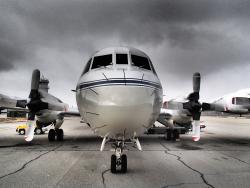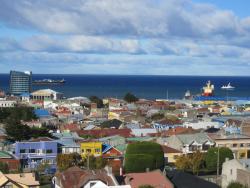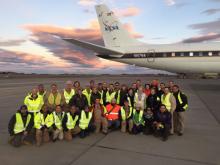Update
Now archived! PolarConnect event with Maggie Kane from Punta Arenas, Chile and Project Manager John Woods from Antarctica. You can access this and other events on the PolarConnect Archives site: https://www.polartrec.com/polar-connect/archive
What Are They Doing?

Where Are They?

Latest Journals

John Woods is a native of Lavallette, NJ and currently resides in Annapolis, MD with his wife and 3 kids. He studied Oceanography at the United States Naval Academy and obtained his master’s degree in Oceanography and Meteorology at the Naval Postgraduate School in Monterey, CA. John served on active duty in the U.S. Navy as a Surface Warfare Officer on the USS Cleveland (LPD-7) deploying to the Persian Gulf two times, and as a Meteorology and Oceanography (METOC) Officer at the U.S. Naval Ice Center. His final tour was back at the U.S. Naval Academy teaching in the Oceanography Department where he created the Polar Science Program. This assignment first introduced him to Polar Operations and Logistics leading 4 different learning activities to the Arctic Region. After transitioning to the Navy Reserves, he was the Project Manager for NASA's Operation IceBridge, successfully executing over a dozen science campaigns to both the Polar North and South. Most recently John was a physical scientist for NOAA at the U.S. National Ice Center until recently transitioning back to the Navy in his current position with the Office of Naval Research, International Engagement Office focusing on collaborations with polar nations.





